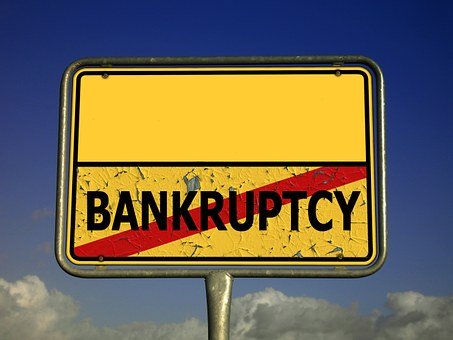The customer king dictatorship, myth or reality in the age of globalization.
The customer king. Everyone knows this adage! Its fame precedes it, to the point that it is like a golden rule for any good business. This simple sentence summarizes the implication it would take to retain consumers.
If we look at it from the point of view of the user, this adage the customer king suffers from numerous shortcomings, especially when the market is dominated by a few suppliers who find themselves in a situation of virtual monopoly. Who has not found himself in an ubiquitous situation when he must try to explain his problem to a telecommunications operator, a household water supply company or any other company which employs thousands of employees and whose rules are dictated by reporting and hunting down the costs of management controllers?
Is the customer king when after having renewed several times his call to a digital switchboard which indicates to us in a synthetic voice that the waiting time is more than 10 minutes and that it is necessary to think of renewing his call , then which forces us to dial different numbers on the keypad of our phone and that after endless waiting to the sound of heady music going on in loop we arrive at the station of an operator who very often is at halfway around the world and we are at the end of 5 minutes of conversation in front of the following answer “I could not solve your problem but I am not allowed to stay longer with you online. ” That speaks for itself. To believe that for these large companies the customer is no longer the king but is a simple adjustment variable in the operating account.
On the other hand, and in spite of their gigantism it seems that the GAFA are much better organized to put the customer king at the centre of their concerns.
At the other end of the scale, the small craftsman and the small business are subject to the dictatorship of their king customers because they do not have an administrative organization which would allow them to put objectivity in their approach to the customer.
For medium-sized companies, the concept of customer king may be a dictatorship with unexpected consequences. For many years, business leaders have gotten into the habit of giving precedence to the salesperson, placing less importance on administration, management control and profitability. It would also be relevant to talk about the turnover dictatorship. The entire decision-making chain (bank, manager, shareholders) has priority on eyes on turnover and profit. Few medium-sized organizations, especially in export services, will analyse the difference between the customer king and profitable turnover.
When you deal with client risk management, when you are a credit manager, you see the abuse of the customer king system every day. Such customers have always paid their invoices more than 6 months late. However, it still pays. This client will continue to use and abuse the system the customer is king. He will not be blocked; his goods will be delivered to him. Nobody will take the time to analyse the costs generated by this type of behaviour because they are not always apparent. For example, the man time necessary to follow up on these problem customers, the consequences on the cash flow of the incessant postponements, the additional costs such as the financing of the VAT for 6 months instead of 30 days etc.
It is of course necessary to put the customer at the centre of his project but the one who is profitable and the specialist in all kinds of abuse is certainly not profitable.
The customer king’s dictatorship is similar to that of the short term. In the business world, time is of the essence. Many entrepreneurs would be amazed at how quickly a little more rigor in customer management would improve the operating account.
It is not possible to let accountants and financiers decide the fate of clients on their own. We need a real credit manager who will arbitrate between the interests of the commercial and those of the administrative.
But this credit manager must have real decision-making power so that the customer king client, which is a concept to be nurtured, does not turn into a dictatorship.





![skyscraper-3032786__340[1]](https://www.gevo.fr/wp-content/uploads/2019/11/skyscraper-3032786__3401.jpg)

